A red alert has been issued by the Quintana Roo Sargassum Monitoring Network after the stinky seaweed sargassum was spotted in excessive levels on 40 beaches across the northern part of the state – including some beaches in Cancun. With its appearance on beaches dependent on a range of factors, including tidal shifts, inclement weather, and a failure in sargassum prevention measures, the arrival of sargassum can be hard to predict – but there’s no avoiding the fact that it is now in Quintana Roo in significant volumes, much to the despair of the millions of travelers who visit.
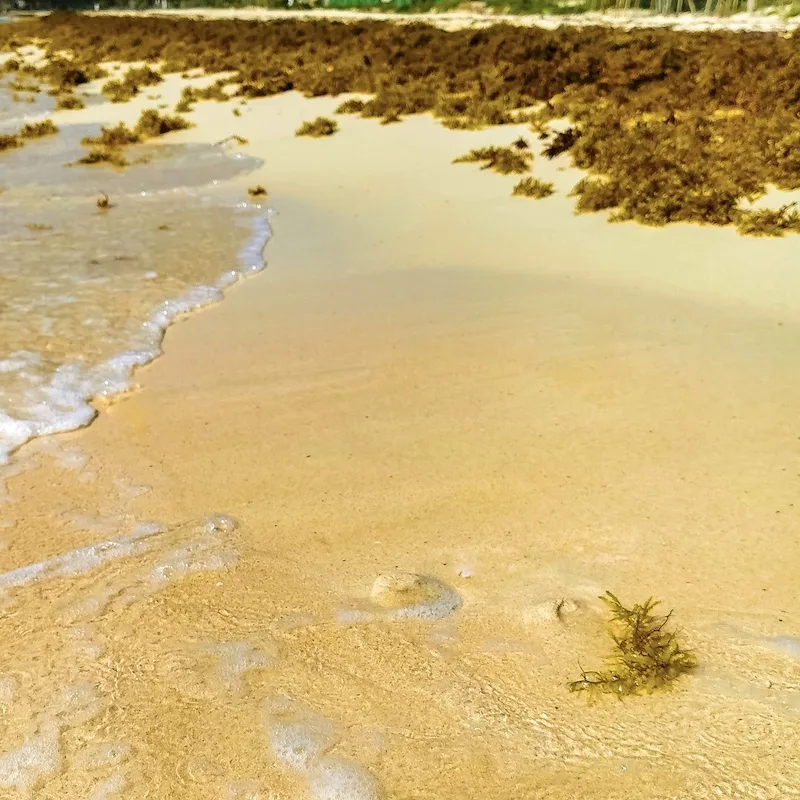
However, it’s not all bad news. While it may be unsightly, pungent, and capable of ruining the picture-perfect postcard beaches that Cancun is famous for, there are positive signs that suggest this year’s invasion of sargassum might not be quite as bad as last year’s disaster. Here’s everything that travelers need to know about the new red alert warning issued over the weekend for the region’s beaches – plus some reassurances that things (hopefully) won’t get too bad this year.
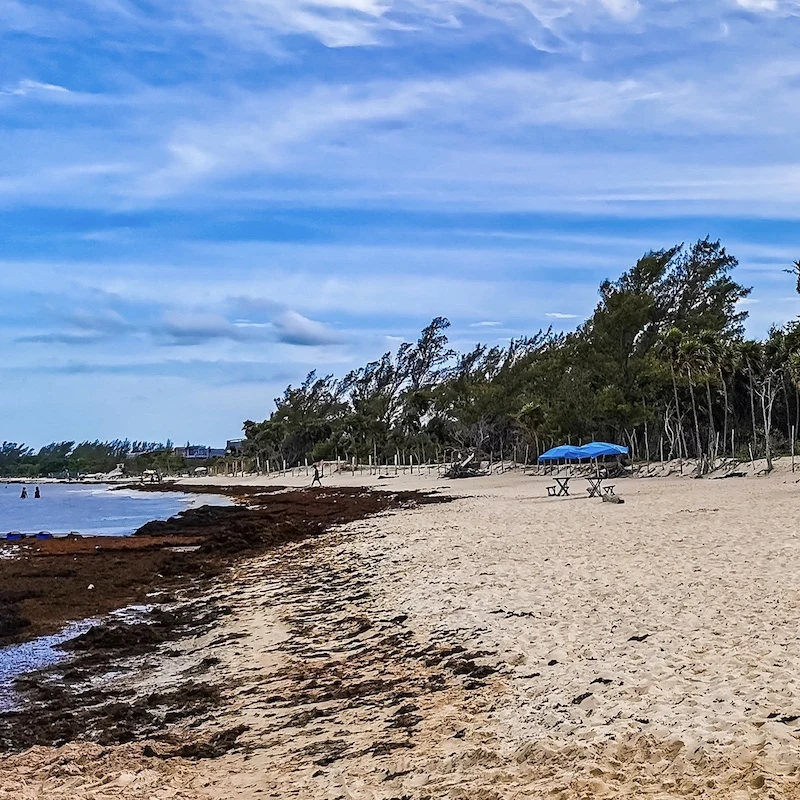
Red Alert Sounded – What Travelers Should Know
Until now, the sargassum levels around Cancun have been noticeably lower than those that went before in the previous years. Only small volumes of the invasive algae had washed up on the beaches in Cancun and the surrounding areas, with some reports suggesting that this year’s crop would be much lower than the likes of what was seen last year. However, over the weekend, the situation changed for the worst, with dozens of beaches through Quintana Roo reporting the excessive presence of sargassum.
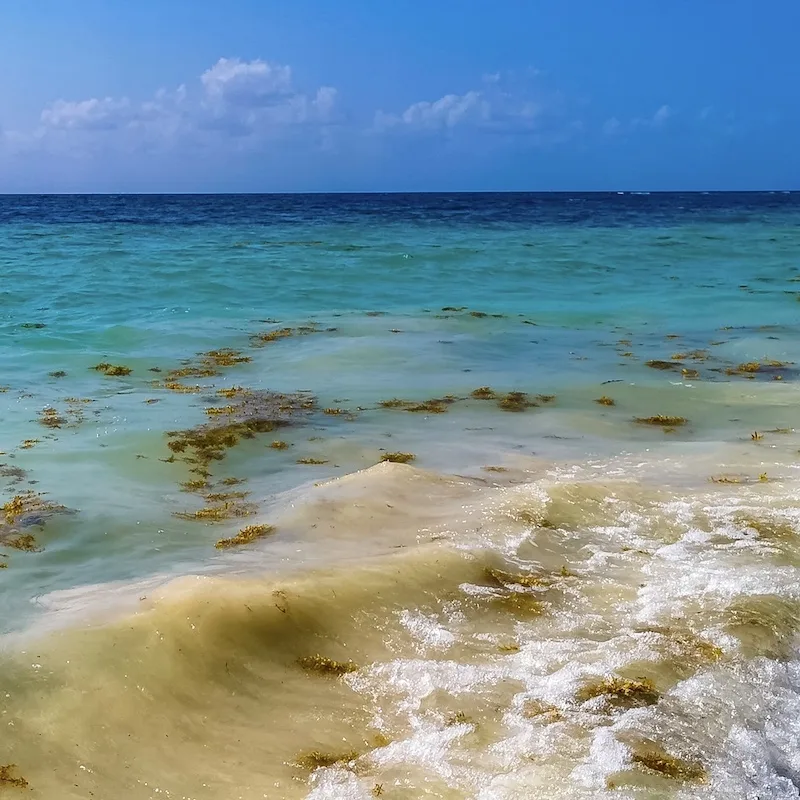
The Quintana Roo Sargassum Monitoring Network reported that 40 beaches registered excessive levels of sargassum, stretching along the southern beach of Arco Maya in Tulum all the way up to Playa Coral in the Cancun neighborhood of Punta Nizuc. On top of the 40 excessive levels of sargassum, a further eight beaches had abundant levels of the seaweed, and four were reported as having moderate levels.
@jessculotta I can honestly smell this video 💀 #tulum #tulummexico #sargazo #sargassum #sargazocancun #sargazoplayadelcarmen ♬ Monkeys Spinning Monkeys – Kevin MacLeod & Kevin The Monkey
Fortunately for Cancun, it seems to have gotten off relatively lightly. While some of its beaches have excessive levels, the beaches in the city’s hotel zone had comparatively low levels of the stinky seaweed, meaning that most travelers heading to the city are unlikely to be posed with many issues by the algae. Isla Mujeres, located to the north of the state, was another popular destination that reported low sargassum levels, cementing its status as one of the region’s must-visit travel spots.
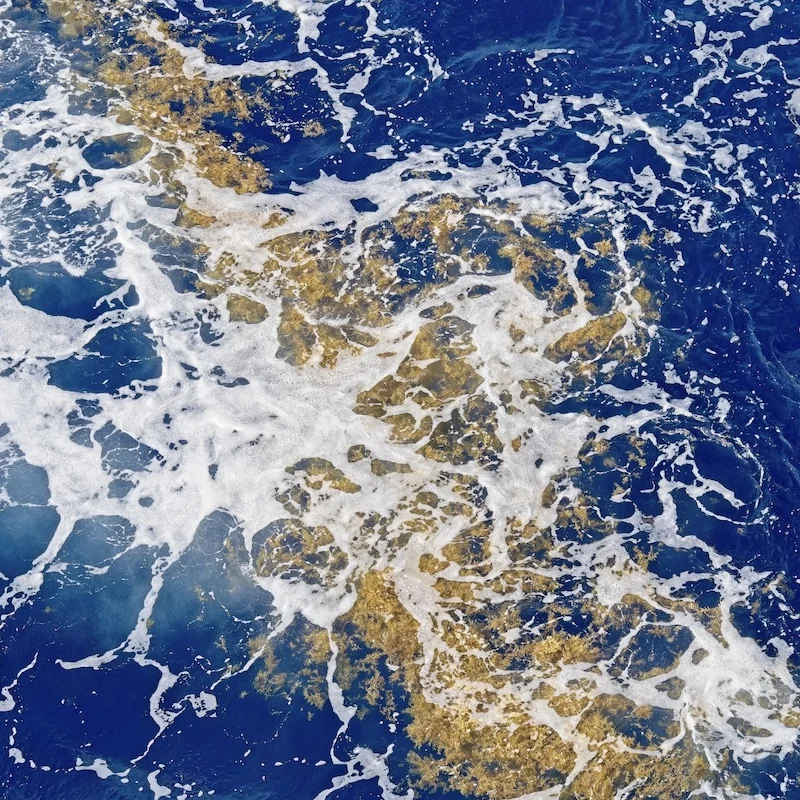
Cancun remaining mostly sargassum-free confirms a recent report that the red-hot travel destination would survive the month of February with a distinct lack of the seaweed on its beaches. While mostly harmless (other than tiny sea creatures living inside it that can irritate the skin), it’s the rotten-egg odor it emits when it rots that causes most travelers to greet it with revulsion – not exactly the warm Mexican Caribbean welcome travelers are expecting when touching down in Cancun.
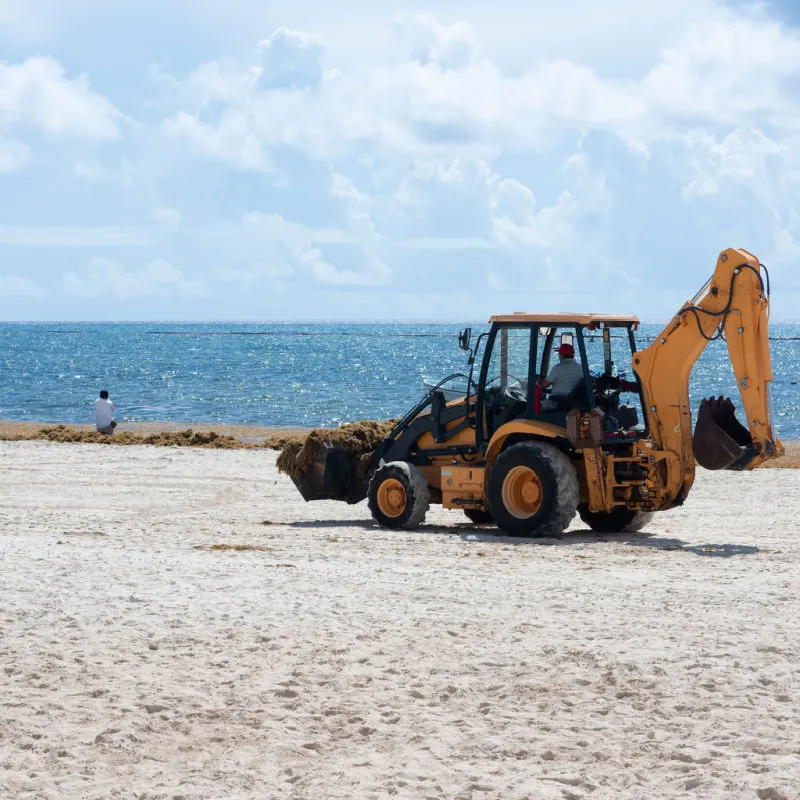
However, there were several areas that weren’t so lucky and suffered quite badly at the hands of the unwanted beach guest. These included Tulum, Playa Del Carmen, and the island of Cozumel. All three of these destinations are located south of Cancun, and each of their beaches was plagued with excessive levels of sargassum – with the exception of Cozumel’s western shores – making them areas to avoid for travelers looking for a bit of sand and sea in the coming few weeks.
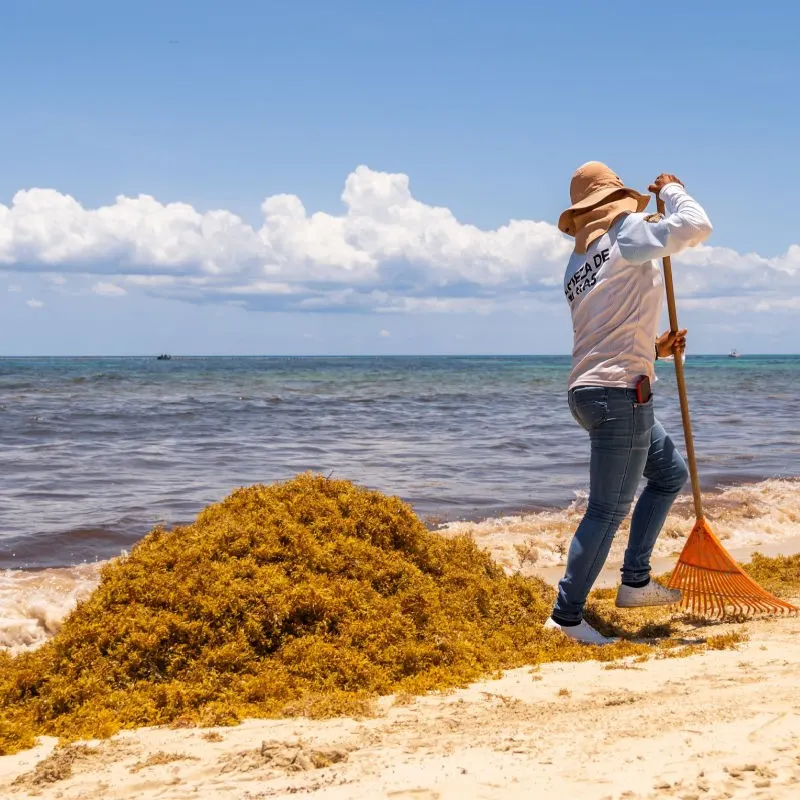
Thankfully though, it’s not all doom and gloom. Keen to avoid a repeat of last year’s seaweed-related misery, several destinations across the Mexican Caribbean have invested big to fight back against sargassum. Not only are beaches purchasing new equipment to control their sargassum levels, but hotels are taking on more staff throughout the coming months, meaning there’ll be more hands on deck to take control of the situation. When coupled with the fact that all signs are pointing towards less sargassum this year, travelers shouldn’t worry too much about the issue.
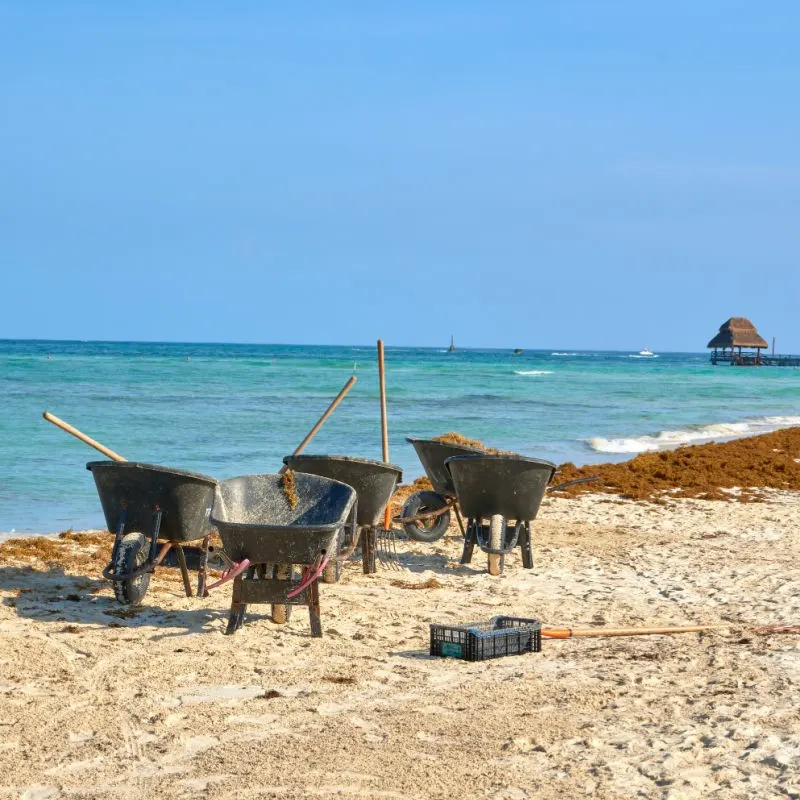
Plan Your Next Cancun Vacation:
Traveler Alert: Don’t Forget Travel Insurance For Your Next Trip!
Choose From Thousands of Cancun and Riviera Maya Hotels, Resorts and Hostels with Free Cancellation On Most Properties
↓ Join the community ↓
The Cancun Sun Community FB group has all the latest travel news, conversations and tourism Q&A’s for the Mexican Caribbean

Subscribe to our Latest Posts
Enter your email address to subscribe to The Cancun Sun’s latest breaking news affecting travelers, straight to your inbox.

Robert
Tuesday 14th of February 2023
I own a fishing boat there. Ive never seen so much in january as this year....
FANNY
Monday 13th of February 2023
WE WERE ADVISED THAT THIS WOULD NOT BE AN ISSUE AS TOLD IN STORIES THAT THEY INVESTED 40 MILLION DOLLARS TO TRY AND KEEP US WITH THIS. WAS THIS JUST ANOTHER STORY?
David
Monday 13th of February 2023
While recently in Cancun actually just south in the Area of Playa del Carmen and PUERTO Morelos the beaches there were covered in sargassum. Areas 4 to 6 feet wide and at least a foot high. While they will tell you it's harmless . It's is as long as it is wet . However once it begins to dry and you can smell the rotten eggs odor it actually producing a Hydrogen Sulfide gas, which can have adverse effects on you . Especially those with any type of lung issues. THINK Covid . If you can smell it . It's best not to be on the beach as I myself picked up an irritating cough that lasted several days. This should be part of the public health warning at all hotels affected by its presence. I'm not an alarmist just thought people should have the information.